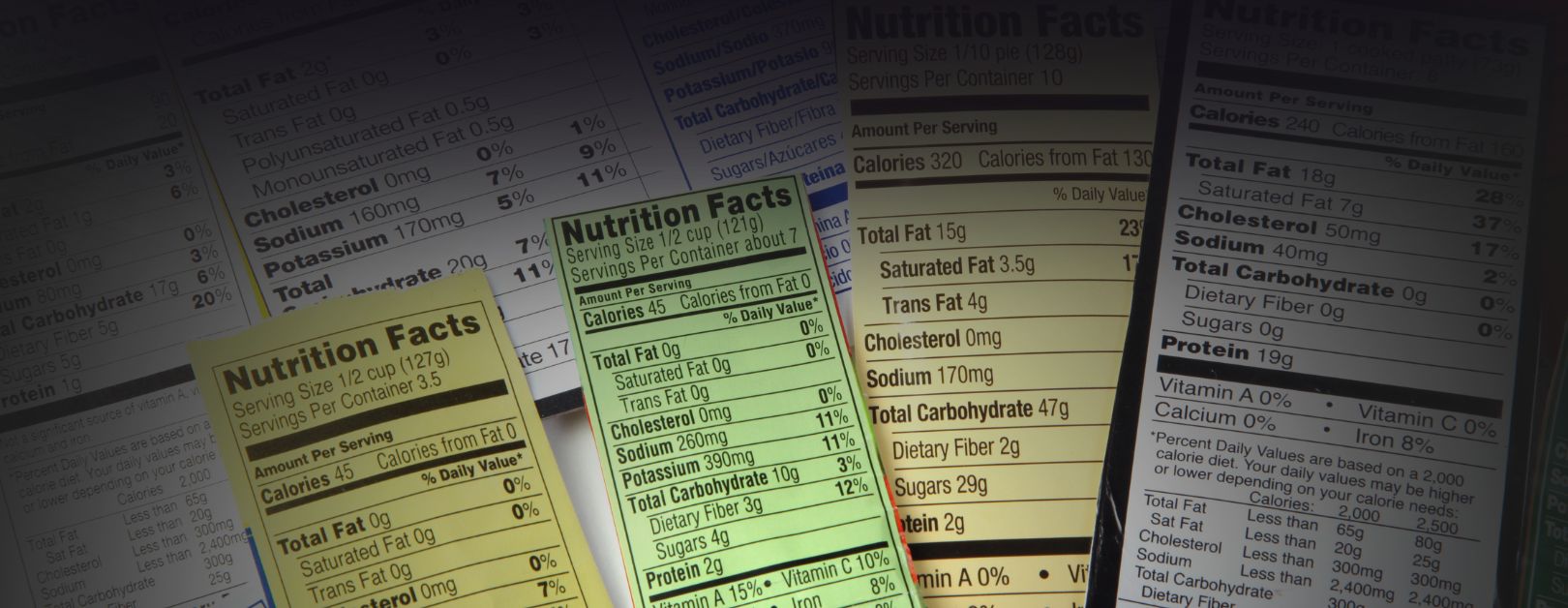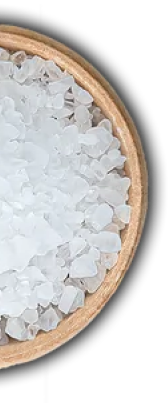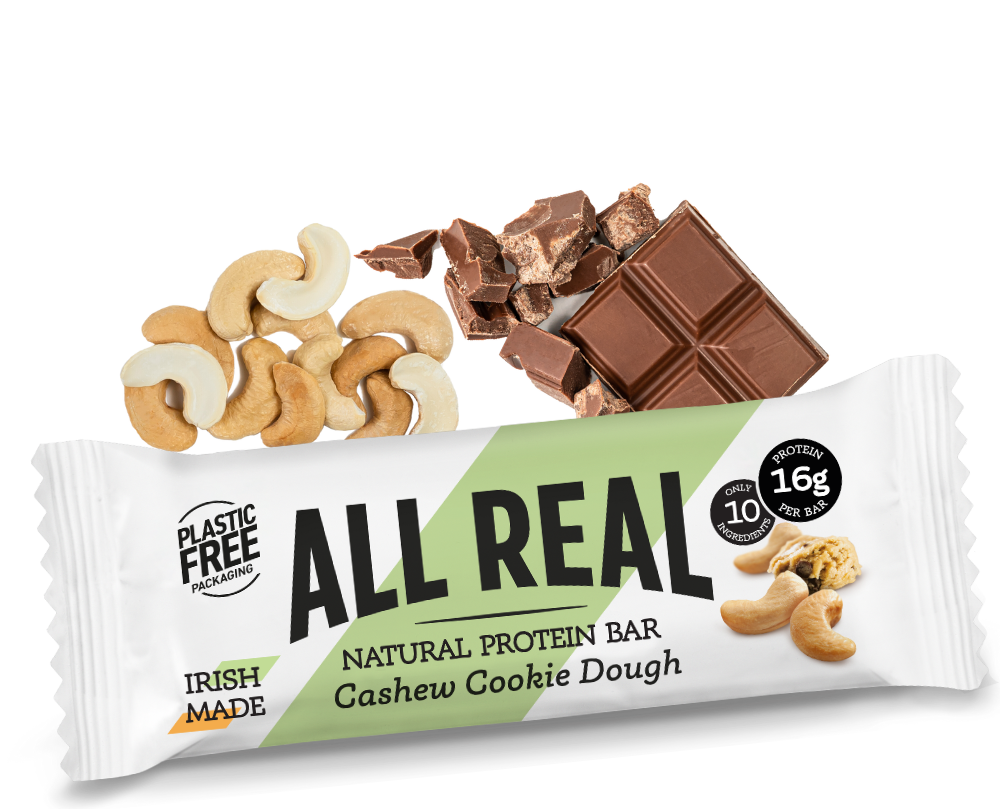Oct 21, 2025
What’s Actually in Your Snack? How to Read Food Labels Properly
We all glance, but do we really read?
Most of us flip a packet over and think, “looks fine,” but we rarely stop to check what’s actually inside. Food labels can be confusing on purpose. Words like natural, high protein, or low sugar don’t always tell the full story.
Knowing how to read a label is one of the simplest ways to eat better. It helps you see past marketing and understand what you’re really putting in your body.
Start with the ingredient list
Here’s the golden rule: the shorter, the better.
Ingredients are listed in order of quantity, from most to least. So if sugar, glucose syrup, or palm oil show up first, that product is built on fillers, not nutrition.
Real food should look like a shopping list, not a science experiment.
You want to see things you recognise, oats, nuts, milk protein, cocoa, sea salt. Not gums, stabilisers, or artificial flavourings.
When you pick up an All Real bar, what you see is what you eat. Less than 12 ingredients you can pronounce, all blended by hand in Kerry.

Check the nutrition table (but don’t get lost in it)
Calories matter, but quality matters more. Focus on:
- Protein: Keeps you full and steady. Aim for 10g or more per snack.
- Sugar: Check total sugar, not just “of which sugars.” Many bars hide syrups under different names (brown rice syrup, fructose, maltitol).
- Fibre: More fibre = slower digestion = sustained energy.
- Fats: Natural fats from nuts or milk are fine; avoid trans fats or hydrogenated oils.
The trick is to look for balance. Real food doesn’t spike and crash your energy; it fuels you slowly and steadily.

Spot the red flags
If a label has any of these, think twice:
- “Artificial flavouring” or “sweetener blend”
- “Palm oil” or “vegetable fat” with no source
- More than 15 ingredients
- “Low fat” but packed with sugar
- “Sugar free” but full of maltitol, sucralose, or stevia (can upset digestion)
The more a product tries to sound healthy, the less likely it is to be.
Learn the tricks
Brands often use “health halos” to mislead:
- “High in protein” – Always check the numbers. Some snacks shout about protein but deliver only 5 or 6 grams, which won’t actually fill you up or help recovery.
- “Low calorie” – A low number doesn’t mean better. It often means the product is full of fillers that leave you hungry again an hour later.
- “No added sugar” – Watch for clever replacements. Some brands drop refined sugar but load up on syrups, fruit concentrates, or sweeteners to get the same taste. Real foods that use natural ingredients like dates are fine — the issue is when sugar gets hidden behind creative labelling.
The real test is simple: if you wouldn’t eat it without the marketing claims, it probably isn’t real food.
The simplest rule
If you can’t picture how it’s made, it probably isn’t real food.
When you eat something made with whole ingredients, your body knows exactly what to do with it. That’s why you feel fuller, steadier, and better afterwards.
Real food doesn’t rely on chemicals or tricks - it just works.

Bringing it back to basics
Next time you pick up a snack, turn it around and actually read it.
You don’t need to count grams or memorise macros - just look for words you understand.
That’s the kind of food your body recognises instantly.
Real Food. Real People. Real Impact.
Want to go deeper?
Learn more about real ingredients in our World Food Day blog or browse our natural protein bars made with fewer than 12 ingredients you can pronounce.









